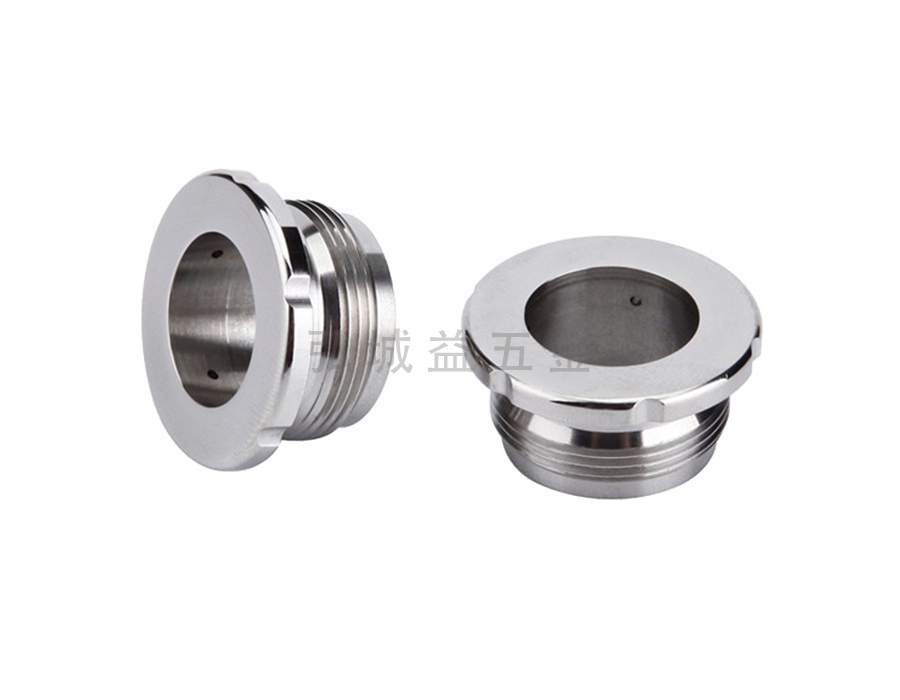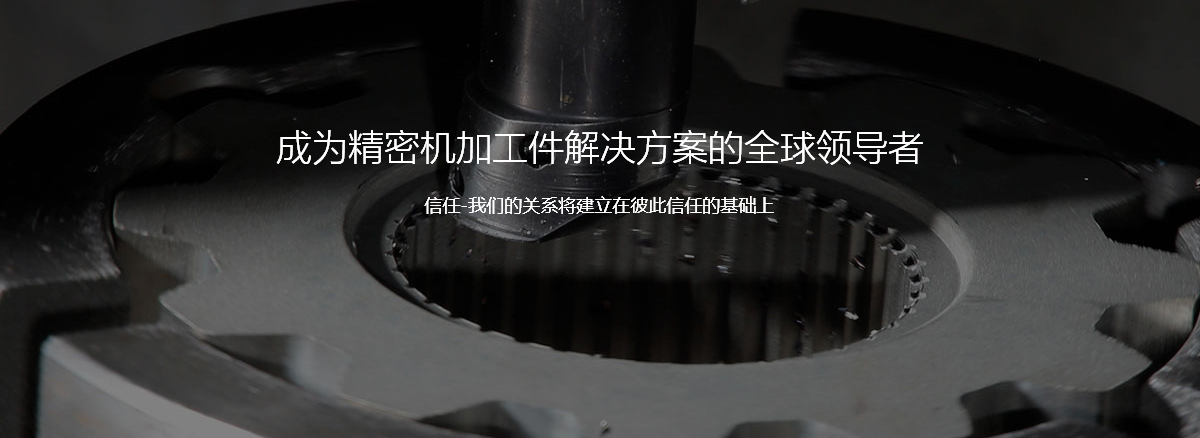The structure of the spindle end is usually used in the short cone method, and the spindle shaft end is used to install fixture and tools. It requires the fixture and tool to locate the accuracy at the axial end. Due to long -term use of the main axis of the belt of the CNC processing, the main axis box belt will show an abnormal sound. Most of this condition is caused by the belt problem.
1) The tension of the main axis connecting servo motor belt is too tight: too tightly can cause the belt to wear aggravation, and it will also show a slippery phenomenon, announcing the abnormal sound.

2) The belt tension of the main axis connecting the servo motor is too loose: Over loosening will easily cause slipping during the heavy cutting process. When slipping, it will also let the main shaft of the belt of the CNC processing the abnormal sound.
3) Damage to the main axis connecting servo motor belt: Under the general situation, if the number control processing center performs long -term operation, it will inevitably show problems. For example: After long -term use, the transmission belt will show wear, which also directly announces the "mourning" of the belt.
4) The tooth shape of the transmission belt is not consistent with the servo motor and the main axis: The transmission belt of the CNC processing center will definitely present some wear conditions after a long period of use. Therefore, many customers will buy them by themselves. It is found that the tooth shape of the transmission belt is not in line with the end of the servo motor and the spindle tooth, and an abnormal sound will be presented during use. Therefore, professionals recommend that when buying a transmission belt, they must pay attention to whether the transmission belt they purchased is the same as the type of the transmission and wear belt.
The mechanical structure form of the main drive system has been simplified within a large limit. It has canceled the transmission and gear transmission. The main axis of the CNC processing center is directly driven by the interior electric motor, which shortens the length of the main transmission chain to zero, so that the machine tool can be achieved. The "zero transmission" process.


